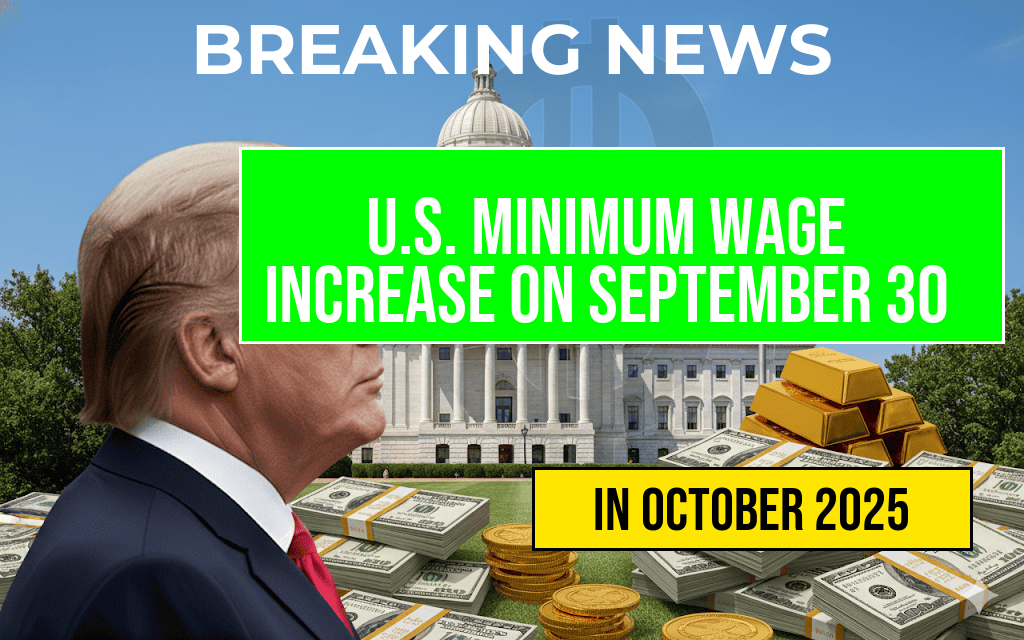In a surprising development, the IRS is set to unveil a significant tax deduction for overtime pay starting in 2025, potentially allowing workers to deduct up to $25,000 from their taxable income. This initiative is being described as an “overtime loophole,” aimed at providing financial relief to employees who frequently work beyond their standard hours. With many Americans putting in longer hours, this change could have substantial implications for take-home pay. Experts suggest that this could transform how overtime is compensated and motivate companies to rethink their labor strategies. The new regulation is expected to benefit employees across various sectors, particularly those in industries that rely heavily on overtime. Here’s what you need to know about this development and how to take advantage of the forthcoming tax deduction.
Understanding the Overtime Loophole
The upcoming tax deduction is designed to alleviate some of the financial burdens faced by employees who frequently exceed their standard work hours. This measure aims to acknowledge the hard work and dedication of those in professions where overtime is common. The IRS has recognized that while overtime pay is crucial, the accompanying tax implications can diminish its value. By allowing a deduction of up to $25,000, the IRS is encouraging workers to report their overtime earnings without the fear of incurring a hefty tax bill.
Who Will Benefit?
- Hourly Wage Earners: Employees who are paid on an hourly basis and regularly work overtime will see the most direct benefits.
- Commission-Based Workers: Those whose income significantly fluctuates due to overtime or commission pay will also be eligible for this loophole.
- Industries with High Overtime Rates: Fields such as healthcare, manufacturing, and hospitality, where overtime is often a necessity, stand to gain considerably.
How to Claim the Deduction
To take advantage of this tax deduction, workers will need to ensure that they meet specific eligibility criteria set forth by the IRS. Here’s a simplified process for claiming the deduction:
- Keep Accurate Records: Employees should maintain detailed records of their overtime hours and pay. This includes pay stubs and any relevant documentation from their employer.
- File Your Taxes Correctly: When filing taxes for the year, utilize the IRS Form 1040 and ensure that all overtime earnings are reported accurately.
- Consult a Tax Professional: Given the complexity of tax regulations, seeking advice from a tax professional can provide clarity and ensure that you maximize your deductions.
Potential Challenges
While this initiative is poised to help many, there are potential challenges that could arise. The IRS has yet to release detailed guidelines on how the deduction will be applied, leading to uncertainty among taxpayers. Furthermore, employers may need to adjust their payroll systems to accommodate the changes, creating temporary confusion in the workplace.
Comparing Previous Overtime Regulations
| Year | Policy | Key Changes |
|---|---|---|
| 2020 | Standard Overtime Pay Rate | Increased from $455 to $684 per week for salaried workers. |
| 2025 | New Overtime Deduction | Up to $25,000 deduction on overtime pay. |
The Future of Overtime Compensation
The introduction of this deduction is being seen as part of a broader trend to address wage stagnation and the growing cost of living. Many advocates for workers’ rights believe that this could lead to increased pressure on businesses to offer fair compensation and better working conditions. As the 2025 rollout approaches, discussions around labor laws and employee rights are expected to intensify.
For more information on the implications of this tax deduction and how it may affect your financial planning, consider visiting Forbes or Wikipedia. Staying informed will be crucial as workers prepare to navigate the changes in the tax landscape.
Frequently Asked Questions
What is the overtime loophole mentioned in the article?
The overtime loophole refers to a specific tax provision that allows eligible employees to claim a deduction of up to $25,000 on their overtime pay in the year 2025, potentially reducing their taxable income significantly.
How can I qualify for the $25,000 tax deduction on my overtime pay?
To qualify for the $25,000 tax deduction, you must meet certain criteria, including being classified as an eligible employee and earning overtime pay within the specified limits set by the IRS for the year 2025.
When will this overtime deduction take effect?
The overtime deduction is set to take effect in the year 2025, allowing eligible employees to benefit from the tax break on their overtime earnings during that tax year.
Are there any limits to the overtime pay deduction?
Yes, there are specific limits and eligibility requirements that must be met in order to claim the overtime pay deduction. It is important to review the IRS guidelines for the year 2025 for further details.
How can I prepare to take advantage of this tax deduction?
To prepare for this tax deduction, keep detailed records of your overtime hours worked and consult with a tax professional to ensure you understand the requirements and maximize your benefits in 2025.











